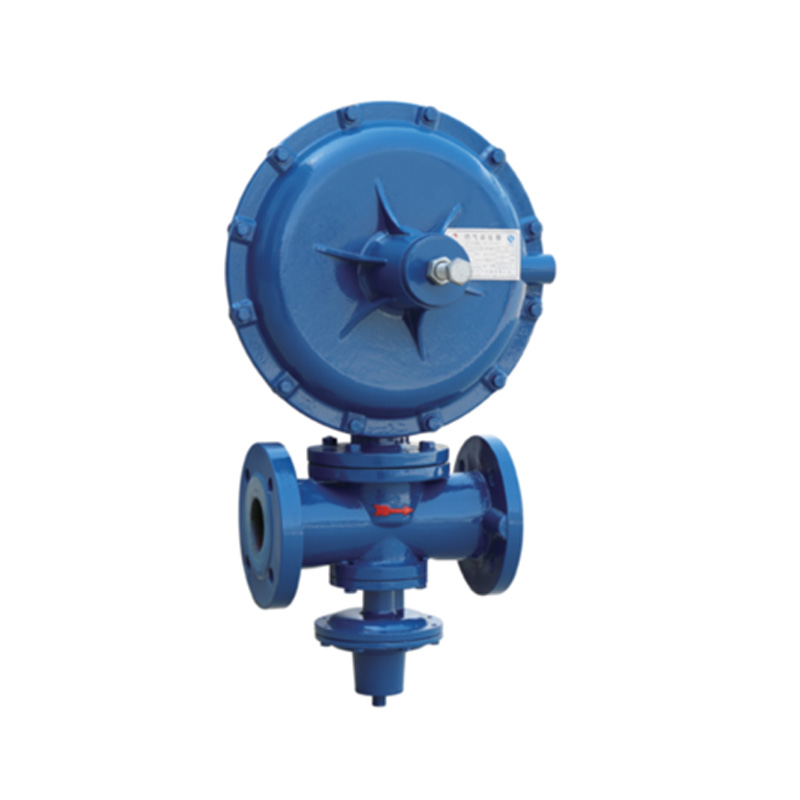
8 月 . 19, 2024 23:47
Back to list
Understanding the Function and Importance of Safety Relief Valves in Industrial Applications
Understanding Safety Relief Valves Essential Components for Pressure Safety
Safety relief valves (SRVs) are critical devices used across various industries to prevent excessive pressure buildup in pipelines and vessels. As part of a comprehensive safety system, these valves ensure operational integrity and protect both equipment and personnel from potentially hazardous situations. This article delves into the functions, types, applications, and maintenance of safety relief valves, highlighting their importance in industrial settings.
Function and Importance of Safety Relief Valves
The primary role of a safety relief valve is to automatically release excess pressure from a system when it exceeds a predetermined threshold. This threshold, known as the set pressure, is determined based on the design specifications and operating conditions of the equipment. When the pressure within a system reaches this set point, the valve opens to allow gas or liquid to escape, thereby reducing the pressure to a safe level and preventing catastrophic failures such as explosions, ruptures, or equipment damage.
The importance of SRVs cannot be overstated; they serve as a last line of defense against accidents. In the chemical, oil, and gas industries, for instance, where pressurized systems are commonplace, safety relief valves are vital for protecting workers, the environment, and infrastructure.
Types of Safety Relief Valves
There are several types of safety relief valves, each designed for specific applications and pressure conditions. The most common types include
1. Conventional Safety Valves These valves are typically used in gas applications and open fully to discharge excess pressure. They are known for their quick response times and reliability.
2. Spring-loaded Safety Valves This type uses a spring mechanism to keep the valve closed until the set pressure is reached. Once the limit is surpassed, the spring compresses and allows the valve to open.
safety relief valve

3. Pilot-operated Safety Valves These valves utilize a smaller pilot valve to control the larger main valve. They are particularly useful for high-pressure systems and offer greater flow capacity.
4. Relief Valves Specifically designed for liquid applications, these valves differ from safety valves in that they discharge at a lower pressure and are used primarily to protect against overpressure conditions in piping systems.
Applications of Safety Relief Valves
Safety relief valves are utilized in a variety of applications across multiple industries. In the petrochemical sector, they are essential for safeguarding refineries and chemical plants from pressure-related hazards. In power generation, they help prevent boiler explosions by relieving steam pressure. Additionally, they play a crucial role in the food and beverage industry, where pressurized vessels are used for cooking and sterilization processes.
Maintenance and Compliance
Regular maintenance of safety relief valves is essential to ensure their proper functioning. This includes routine inspections, testing, and recalibration to confirm that they will operate correctly during an emergency. Additionally, compliance with industry standards and regulations, such as those set forth by the American Society of Mechanical Engineers (ASME) and the Occupational Safety and Health Administration (OSHA), is imperative. These organizations provide guidelines that govern the design, installation, and maintenance of safety relief valves to maintain operational safety and reliability.
Conclusion
In conclusion, safety relief valves are indispensable components in the safety infrastructure of various industries. They function as a critical safeguard against excessive pressure, protecting both people and equipment from catastrophic failures. Understanding their types, applications, and importance underscores the need for diligent maintenance and compliance with safety regulations. As industries continue to evolve, the role of safety relief valves remains paramount, highlighting the ongoing need for innovation and adherence to safety standards.
Latest news
-
Unlocking The Quality Gas Pressure ReducersNewsNov.01,2024
-
The Role of Gas Pressure Reducing StationsNewsNov.01,2024
-
The Importance and Functionality of Safety Relief ValvesNewsNov.01,2024
-
The Essential Role of Safety Valves in Natural Gas ApplicationsNewsNov.01,2024
-
The Essential Role of Gas Pressure RegulatorsNewsNov.01,2024
-
Enhance Your Premium Gas FiltersNewsNov.01,2024

